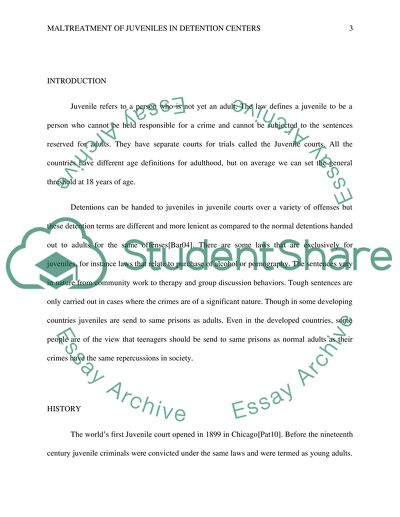Cite this document
(“Misuse of juveniles in detention centers Research Paper”, n.d.)
Retrieved from https://studentshare.org/law/1397406-misuse-of-juveniles-in-detention-centers
Retrieved from https://studentshare.org/law/1397406-misuse-of-juveniles-in-detention-centers
(Misuse of Juveniles in Detention Centers Research Paper)
https://studentshare.org/law/1397406-misuse-of-juveniles-in-detention-centers.
https://studentshare.org/law/1397406-misuse-of-juveniles-in-detention-centers.
“Misuse of Juveniles in Detention Centers Research Paper”, n.d. https://studentshare.org/law/1397406-misuse-of-juveniles-in-detention-centers.


